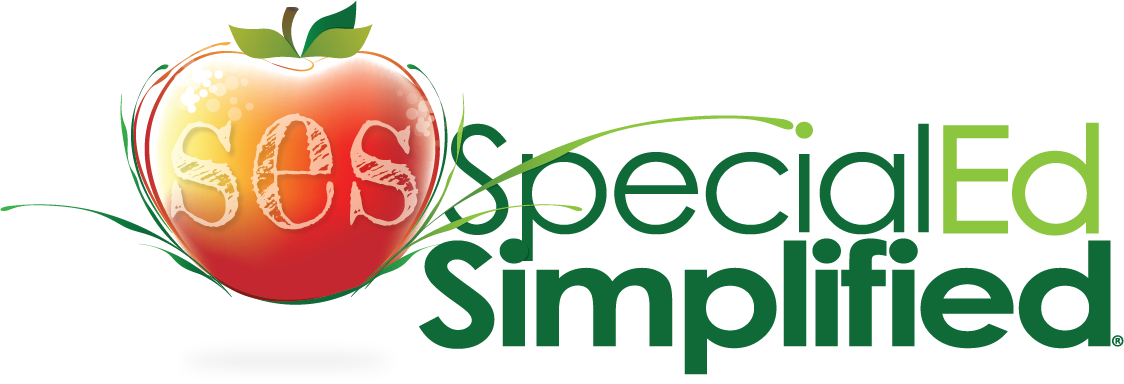Supporting students with disabilities requires a comprehensive and individualized approach. Teachers need a toolbox of strategies especially when those students have behavioral challenges. Here are a few strategies for teachers to consider:
- Create a Structured Environment
- Students need a predictable and structured classroom routine. This provides a sense of security.
- This can be done by using visual schedules, charts, or timers to help students understand and anticipate daily activities.
- Visual Supports
- Use visual aids such as social narratives, visual schedules, and other visual cues to assist in improving communication and understanding.
- Using visual supports can also help in explaining expectations and transitions.
- Clear Communication
- Use clear and concise language.
- Remember the student’s processing speed. This may require extra time for them to respond.
- Break tasks into smaller steps and provide clear, step-by-step instructions.
- Include visual cues or written instructions to reinforce verbal communication.
- Communicate with staff to implement strategies.
- Maintain open and frequent communication with parents to share insights and successes.
- Collaborate on consistent approaches between home and school.
- Reinforcements and Rewards
- Implement a positive reinforcement system to encourage desired behaviors.
- Identify specific behaviors and provide immediate, consistent rewards.
- Make sure other staff is aware of the student’s Behavior Implementation Plan.
- Sensory
- Be aware of sensory sensitivities and provide accommodations as needed.
- Create a sensory-friendly environment and allow for sensory breaks if needed.
- Social Skills
- Incorporate social skills training into the curriculum (affiliate link).
- Use role-playing and modeling to teach appropriate social behaviors.
- Flexible Seating
- Allow flexibility in seating arrangements to accommodate sensory needs.
- Provide a quiet, designated space for the student if needed.
- Crisis Management
- Ensure that teachers and staff are trained in crisis management techniques to respond appropriately in challenging situations.
- Prioritize the safety of both the student and others in the classroom.
Remember that each student is unique. Strategies that work with one student may not work with another student. Be prepared to adjust the strategies you are using based on ongoing observations and feedback. This is crucial to effectively support our students who experience behavioral challenges.
What other tools do you suggest for students with behavioral challenges? What is your favorite and why?

Disclosure: I really love the stuff I am talking about in my post and if I’m making a tiny bit of money through affiliate links, it is even better! Plus, there is no charge to you for using the link. Check out my link above. You will love this as much as I do!


